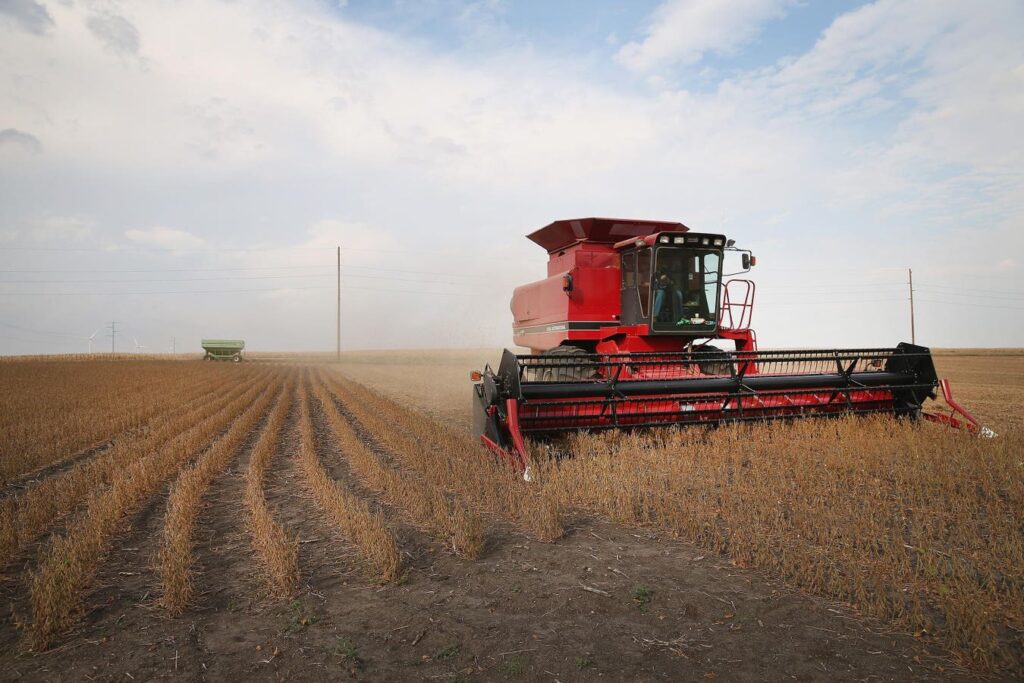Key Takeaways
- The latest Producer Price Index (PPI) report has been released, with the wholesale measure of inflation coming in slightly above expectations
- The PPI is widely considered to be the Fed’s preferred measure of inflation, giving then an insight as to the cost increasing facing industry before it hits consumers
- It means another rate hike could be on the cards before the end of the year
It’s been a rocky few months for inflation numbers. After falling drastically from their highs of 2022, the last three months has seen a steady increase in the most widely watched measure of inflation, the Consumer Price Index.
For most regular people, it makes sense to watch this number as it’s an indication of what’s hitting our hip pockets the most. Is the cost of housing, gas or food going up more at the moment? Have prices fallen for any particular good or service?
And while the Fed takes into account a wide range of data when they’re making their decisions on interest rates, when it comes to inflation they prefer to look at the Producer Price Index (PPI).
The latest PPI numbers for September have just been released, so what exactly is the PPI report, what do the latest figures say and what does this mean for investors and interest rates?
What is the Producer Price Index?
The PPI stands in contrast to the CPI, as it measures the rising prices being experienced by the wholesale market. That is, by companies who are ‘producing’ the goods and services that we all use on a daily basis.
Consider the example of a loaf of bread. If you were to see the price of a loaf on the grocery store shelves go from $2.50 to $2.75, that would be reflected in the Consumer Price Index. That’s because it’s an increase that is being paid by the end purchaser of it.
But before that loaf of bread is baked and placed on the shelf for purchase, there are a long list of ‘producers’ involved in creating it. From the farmers who purchase fertilizers and pesticides to grow the wheat, to the trucking companies buying trucks and fuel to move it, to the grocery store purchasing the loaf at wholesale prices before stocking it for purchase.
The PPI measures how prices have changed along that supply chain. Why is that important?
For the Fed, it’s widely known to be their preferred measure of inflation, as opposed to CPI. One of the key reasons behind that is that it provides them with some forward guidance on consumer prices.
An increase in the price of gas or fertilizer isn’t going to impact the loaves of bread on the shelf right now. It will take some time for the farmers and trucking companies to pass on these increased costs along the chain, and some time for Walmat or Kroger
KR
All that is to say, a move in September’s PPI numbers might not shift PPI until October, November or even later depending on the lifecycle of the particular good or service in question.
The September PPI Report numbers
So, to the report. Well it wasn’t great news. The PPI was up 0.5% in September, which has higher than the 0.3% which had been projected by Dow Jones. But with that said, it was less than the 0.7% increase we saw in August, so at least the pace of increase has slowed slightly.
Core PPI, which strips out energy and food which can be highly volatile at the best of times, was up as well, gaining 0.3% against a forecast of 0.2%.
Gasoline was a driver of the increase with prices going up 5.4%, while food also went up by a substantial 0.9% for the month.
But it wasn’t all bad news, with some sectors of the economy reporting sizable price drops. Fresh and dried vegetables was the standout here, falling 13.9%, which is good news for both our hip pockets and our…actual hips.
Airline tickets dropped 2.1% and auto sales also fell back modestly.
What does this mean for interest rates?
The discussion in recent months has been heavily centered around whether the Fed will look to increase rates again. The rapid hikes have wreaked havoc on markets, particularly the bond market which has seen skyrocketing yields lead to crashing bond prices.
That’s been a rough ride for investors who rely on the generally defensive nature of bonds to add stability to their portfolio, not volatility.
But even so, the Fed and their chairman Jerome Powell have made it clear that getting inflation down to the region of 2% is their number one priority. Even if that means tanking the economy and investment markets.
Powell has even gone so far as to say that there will be “pain” but that it was necessary in a bid to bring rising prices under control.
This latest increase in the PPI could lean towards another rate hike before Christmas. Given that consumer demand is likely to pick up leading into the holiday season anyway, the Fed may look to pre-emptively raise rates in order to limit the amount of additional cash consumers have to spend.
Yeh, it’s not a pretty situation.
The bottom line
With the PPI coming in above expectations, analysts and the broader market will be looking to the Fed’s next move. An additional rate hike would likely be received poorly by the market, though at this point it will be getting closer to becoming priced in to current prices.
It’s clear that the economy and investment markets are going to continue to be under pressure, and investors should expect smooth sailing in the coming months.
Regardless, there’s no way of knowing for sure when markets will turn, making a long term holding strategy generally the best way to go. As always, the important thing is ensuring sufficient diversification and a long enough time horizon to hold through the tough times.
Read the full article here













